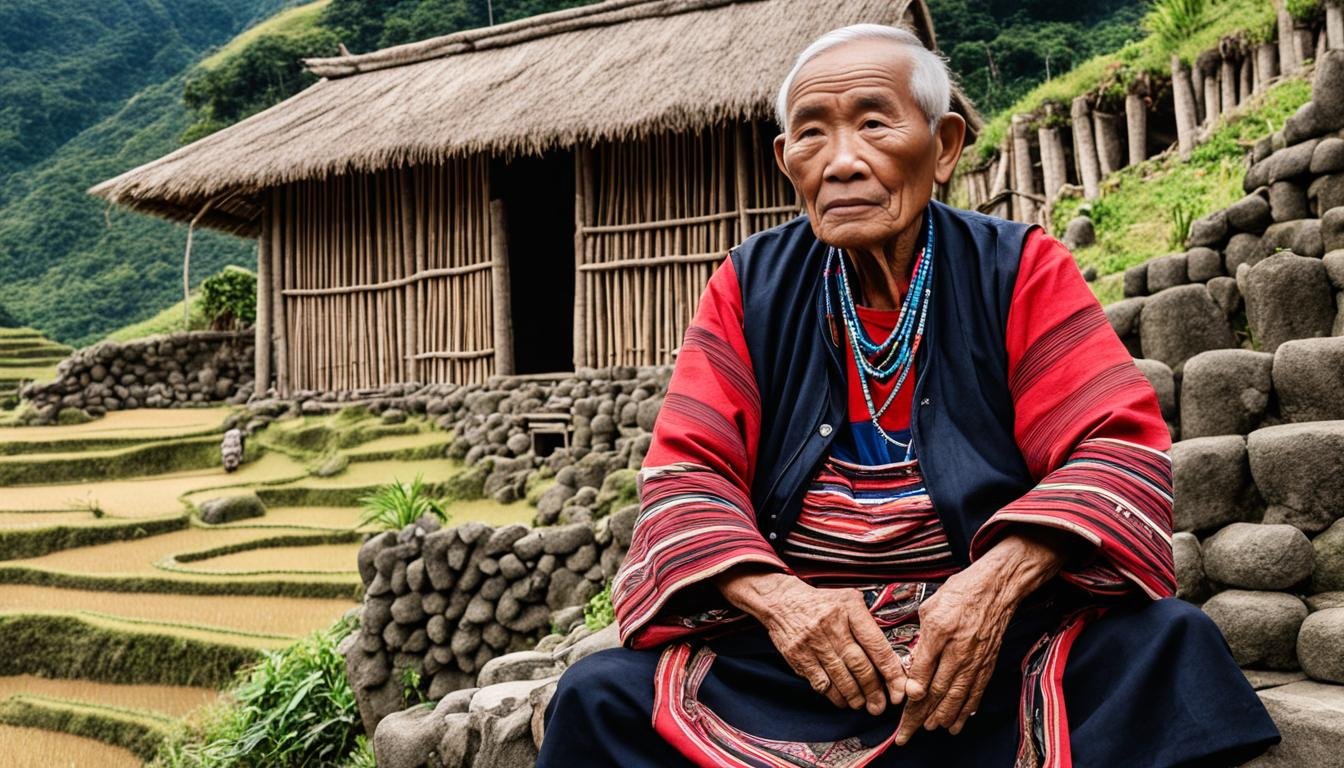The island of Luzon, the largest and most populous in the Philippine archipelago, is a tapestry of diverse landscapes and cultures. Among its most fascinating threads is the rich and enduring heritage of the Ifugao people, nestled within the rugged grandeur of the Cordillera mountain range in Northern Luzon. Their traditions, forged over centuries in…
Filipino Culture and Heritage
Bukidnon: A Province and Its Language
The island of Mindanao, often referred to as the “Land of Promise,” is a tapestry woven from diverse landscapes, cultures, and histories. Among its many provinces, Bukidnon stands out – a vast, landlocked highland region known for its cool climate, expansive plateaus, and status as the agricultural heartland of the Philippines. But beyond its fertile…
Callao Man (c. 67,000 years ago): Uncovering the Oldest Human Fossil in the Philippines
The narrative of human evolution Southeast Asia is a complex tapestry woven with threads of migration, adaptation, and diversity. For decades, the prevailing story of the peopling of the Philippines centered around discoveries like the remains found in Tabon Cave on Palawan Island, dated to roughly 47,000 years ago. These finds, often referred to collectively…
Bikol Language: A Linguistic Voyage Through the Bicol Region’s Culture
The Bikol language, or more accurately, the group of languages and dialects collectively known as Bikol, represents far more than just a system of communication. It is the intricate linguistic tapestry woven over centuries, reflecting the unique history, resilience, and vibrant cultural identity of the Bicol Region in the Philippines. Spanning the fertile plains and…
Filipino Martial Arts: A Journey Through Indigenous Defense Systems
The Philippines, an archipelago nation steeped in rich history and diverse cultures, possesses a martial heritage as intricate and resilient as its people. Filipino Martial Arts (FMA), often collectively known as Arnis, Eskrima, or Kali, represent far more than mere fighting techniques; they are living embodiments of the nation’s turbulent past, its struggle for survival,…
Exploring the Myth of the Manananggal in Filipino Folklore
The islands that now constitute the Philippines are steeped in a rich tapestry of stories, beliefs, and myths passed down through generations. Among the myriad of supernatural creatures that inhabit Filipino folklore, few are as instantly recognizable and deeply unsettling as the Manananggal. This creature, often depicted as a horrifying, often female, being capable of…
Discovering Homo Luzonensis: A New Human Species Unearthed
The narrative of human evolution is a constantly unfolding story, marked by pivotal discoveries that challenge and refine our understanding of our origins and dispersal across the globe. For decades, the islands of Southeast Asia have served as crucial stages in this grand drama, yielding tantalizing evidence of ancient hominins venturing far from the African…
Ifugao Language of the Philippines
The Philippines is a nation renowned for its stunning natural beauty, complex history, and vibrant cultural tapestry. Woven into this rich fabric are its myriad languages, each a unique repository of history, identity, and worldview. Among these, the Ifugao language stands out, not just as a means of communication for the Ifugao people, but as…
Baladhay: The Trusted Adviser of Rajah Humabon
The annals of Philippine history are rich with accounts of valiant chieftains, intricate societies, and pivotal cultural cultural encounters that shaped the archipelago long before the arrival of European powers. Among the most dramatic and well-documented of these encounters is the arrival of the Magellan expedition in 1521, led by the Portuguese explorer Ferdinand Magellan,…
Experience the Vibrant Colors of the Sinulog Festival
The air crackles with anticipation, the streets pulsate with rhythm, and a kaleidoscope of hues explodes before your eyes. Welcome to the Sinulog Festival, a spectacle of faith, history, and cultural pride that transforms Cebu City into the heart of the Philippines every January. Far more than just a modern party, the Sinulog Festival is…








